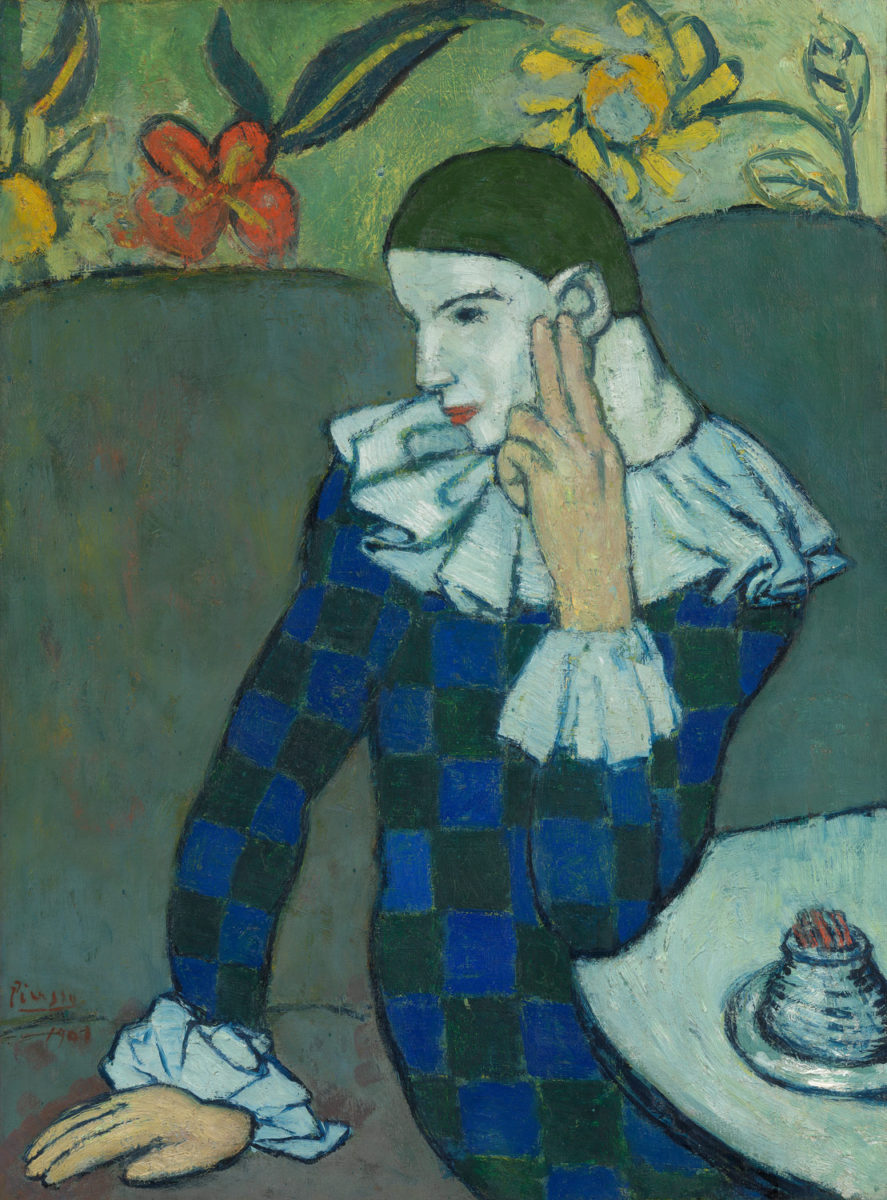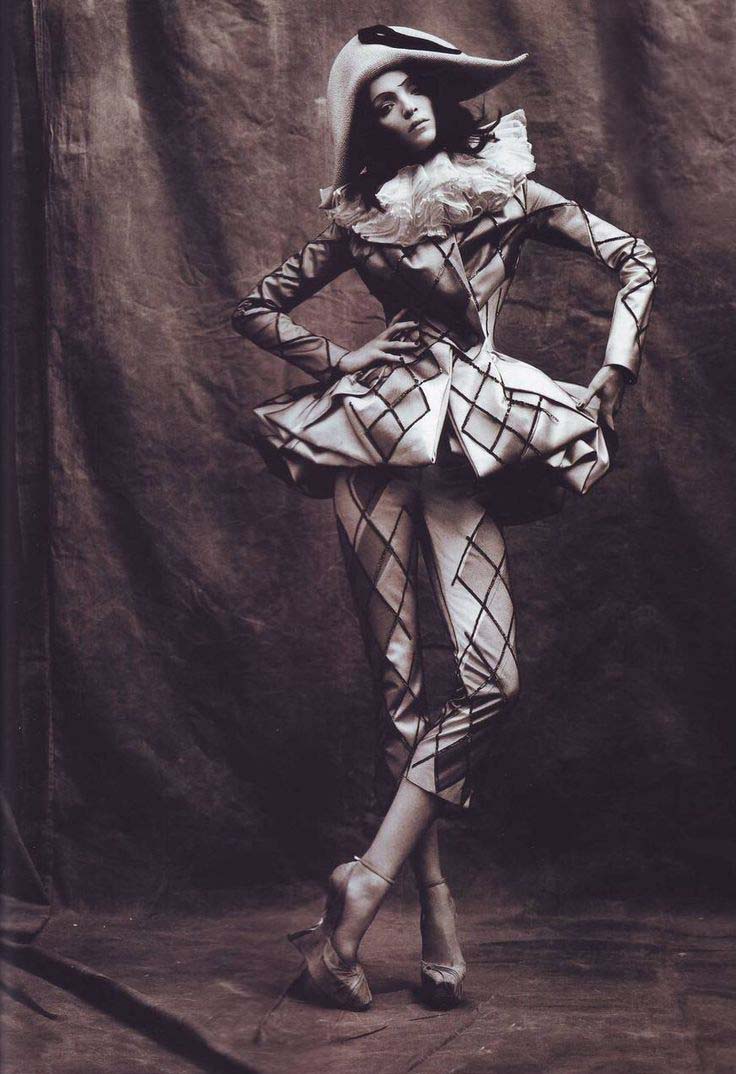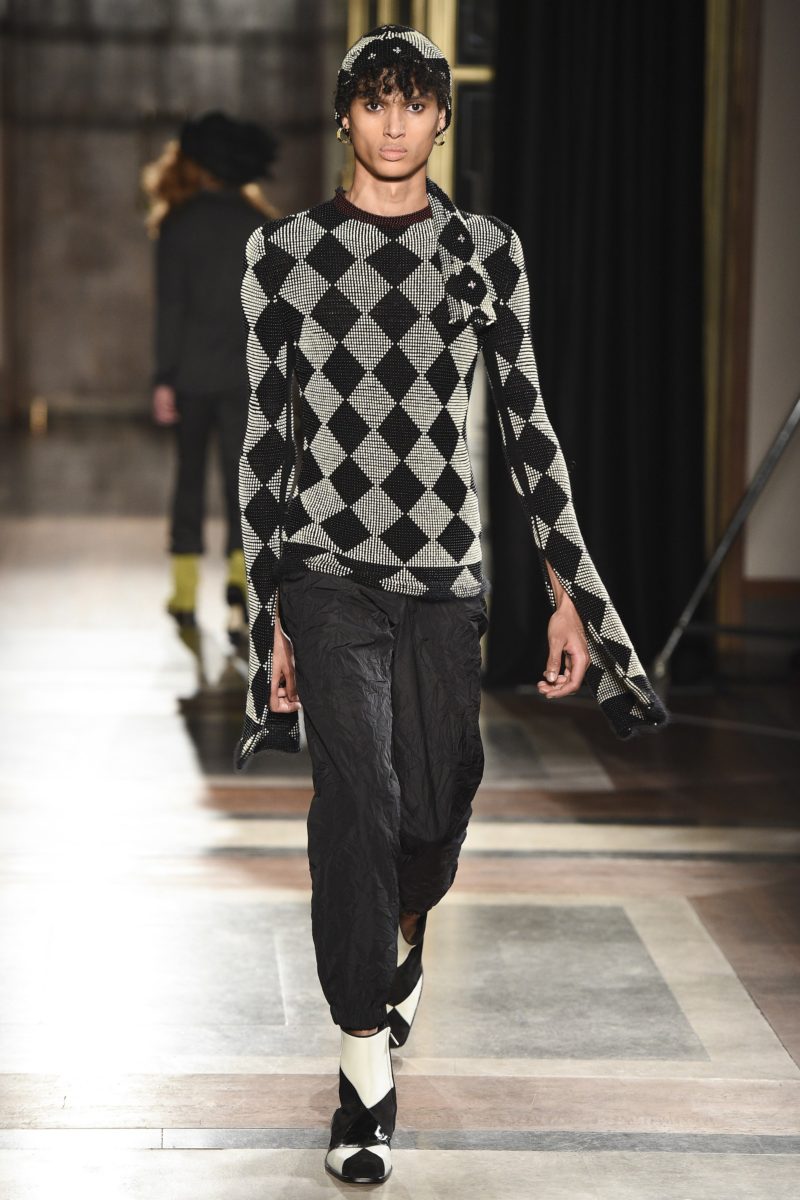The Resonance Of The Jester In Contemporary Culture
By Something CuratedThe jester has remained an obscure character throughout history, fascinating world rulers and, long after, countless eminent artists from Cézanne to Picasso. The European words used to denote this figure, including fool, buffoon, harlequin, clown and jongleur, among many others, are nebulous, reflecting the mercurial man. Interestingly, most of the Chinese terms used for jester have a broader meaning of actor or entertainer. The foolishness of the jester, whether in his peculiar appearance or levity, implies that he is not passing judgment, and this was often less provoking than the corrective approach of a court adviser. One of the most effective techniques the jester used to point out his master’s irrationality was allowing them to see it for themselves. Their relationship with the court was often very close and amiable.

Perhaps the earliest antecedents of the European court jester were the comic actors of ancient Rome. With periodic imperial purges against actors for their outspokenness, many of them took to the road and percolated out across the empire in search of new audiences and freedom. Continuous waves of such wandering comics may well have laid the foundations for medieval and Renaissance movements, contributing to the rising tide of folly adulation that swept across the Continent from the late Middle Ages. Jesters entertained with a wide variety of skills, including songs, music, and storytelling, as well as acrobatics, juggling, jokes, and magic tricks.

In addition to art, this playful character has made numerous appearances within the context of fashion, inspiring designers with audacious costumes and an enigmatic demeanour. Memorably, John Galliano’s Fall Winter 2007 offering for Christian Dior Haute Couture, showcased at the Orangerie in Versailles in celebration of the designer’s tenth anniversary as Creative Director of the house, took inspiration from a breadth of eras and cultures, spanning Goya’s Spanish dancers, Picasso’s harlequins, and the Muses of the Impressionist and Modern painters, many of whom had been friends of Christian Dior. Standing out amongst a decadent line-up of rich silks, puffed tulles, sumptuous flowers, enormous crystals and corsets, was a much-photographed harlequin inspired ensemble, complete with mask adorned hat and ruff.
https://www.instagram.com/p/BMXU7ACA4lD/?taken-by=tom_guinness&hl=en
Having influenced the work of greats like Oscar de la Renta and Galliano during the 00s, this visual trope is once again showing up in contemporary collections. For AW17, Grace Wales Bonner created a body of work that paid homage to her home city of London. With the audience seated in a circle around the speakers used at Notting Hill Carnival, the collection made reference to the riotously varied and inspiring Ladbroke Grove during the 70s. Bonner has risen rapidly through the fashion ranks since her graduation from Central Saint Martins, and certainly isn’t set to stop anytime soon. Featuring her signature velvet suits, the collection was full of future classics, including chequered t-shirts, short duffle coats and immaculate white tailoring. Notably, harlequin prints were a reoccurring motif, appearing on everything from patchwork leather trousers to beaded jackets and long-sleeved tops.

The jester may have disappeared from the courts and corridors of power, but he still has a distinctive hold on the collective imagination. He was no dissident or revolutionary but his disconnected stance enabled him to take the side of the victim in order to curb the excesses of the system without ever trying to overthrow it. This unique position continues to resonate today. Recently, for a Maison Margiela editorial printed in Katie Grand’s LOVE Magazine, styled by Fashion East protégé Charles Jeffrey with creative direction from Galliano, whose fascination with the Middle Ages is well documented, the team brought to life the spirited character. Referencing the attire of the archetypal jester, incorporating medieval proportions and harlequin inspired prints on neoprene, painted faces and theatrical headwear, the story communicates a sense of engineered play.
Notably, the jester was historically perceived as being on the side of the people; the Everyman figure fighting oppression from the inside. By fooling prudently, the jester often won favour among the public. In the folk perception of southern India a king was hardly considered a ruler without his jester, and the continuing appeal of the court fool in India, in stories and comic books, is perhaps equalled only in Europe. Outside aestheticisation, there is something to be said for the resonance of this character in tumultuous times, in which our systems of power have come widely into question. The growing reference to this goodhearted entertainer in recent seasons could be regarded as a comment on the absurdity of our current climate, a sanguine soul to point our follies out. Ultimately though, as the Chinese terms denote, the jester’s role is to entertain, and these collections and visuals do exactly that.
Bibliography:
Fools Are Everywhere: The Court Jester Around the World by Beatrice K. Otto, published by the University of Chicago Press, 2001
Feature Image: Stańczyk, Jan Matejko, 1514 (via National Museum, Warsaw)
Words by Keshav Anand